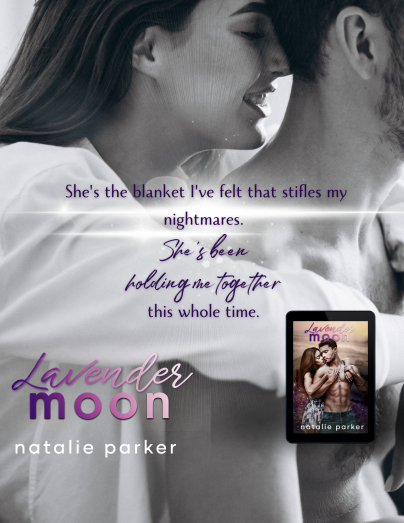News & reviews for the fiction lover in us all!
From the Final Word Typed to the First Page Turned

As you type the metaphorical “The End”, you’ll probably be thinking about how you’ll get your book into the hands of readers. Like most things in self-publishing, the options seem endless, and the best choice to meet your goals may not be clear. Though there are many options, I will highlight the most common ones for those self-publishing. Once you have established an audience, you might find more suitable niche options.
Most platforms that offer print options also offer eBook options. There are also several eBook-only options. We’ll talk about eBooks next month.
At the highest level, there are only two major print options:
You can place a bulk order for books printed overseas or locally, and you’ll handle distribution yourself or work with a distribution house.
You can publish through a platform which offers Print-On-Demand (POD) publishing.
Bulk Printing
The Bad: This first option requires up-front capital, usually starting at several thousand dollars and increasing from there. You’ll need to have a basic understanding of printing processes—or an experienced advisor—and the ability to manage the logistics involved. Printing overseas can be impacted by import fees and processes, not to mention the cost and shipping time.
You’ll also need to figure out how to get those books into the hands of your readers, either through direct sales, where you manage order fulfillment and shipping (and all that comes along with that, including return processing, taxes, and regulations) or by working with a distributor. Even with a distributor, you may still need to handle order processing.
The Good: Depending on the printer, you’ll likely have greater control over the quality of the printed book. Trim size, printing stock, binding options, and color quality can exceed the basic options available in POD. When buying in bulk, the larger the order, the lower the per-unit cost, and the more likely you’ll have consistent color and print quality.
You’re also cutting out intermediaries that expect payment for their services. If you’re selling directly to readers, you get to know who’s buying your books and may have an opportunity to engage with them.
Print-On-Demand (POD)
The Bad: Your production options are limited, quality can vary, and you have limited control over the final printed product. To provide cost-effective and efficient printing, POD platforms offer set trim sizes and orientations, limited paper options and binding types, minimum and maximum page counts, and limited color options.
If you’re looking for coffee-table-book quality or unique cover features like embossing or spot UV, POD isn’t a viable option. Trying to manage color in this environment is a moving target. From the unreliable color displayed on most home computers to the variety of variables that impact color, accuracy and consistency are almost impossible to achieve. Another drawback is that you don’t get to know who’s buying your books, and you have limited access to sales data. Royalties can be very delayed and may be minimal, depending on the platform and settings you choose.
The Good: POD allows authors to make their books available for sale with a low- or no-cost set-up. These platforms earn revenue through production fees and a percentage of your sales. Many venues offer distribution services to major online retailers, and some make your books available to brick and mortar stores. They handle customer orders, fulfillment, and returns. Your book can be published and available for sale in a few days.
Read the entire article in the September 2022 issue of InD'Tale magazine.
You can just click on the magazine image on the left hand side of our home page to open and enjoy!
OR
If you would like to receive the magazine every month (for FREE!) , just sign up on our home page. Once you do, an e-mail validation notice will be sent directly to you. Just open and click the link and you're in - forever! Each month the magazine will be delivered directly to your inbox to downlad and read!



